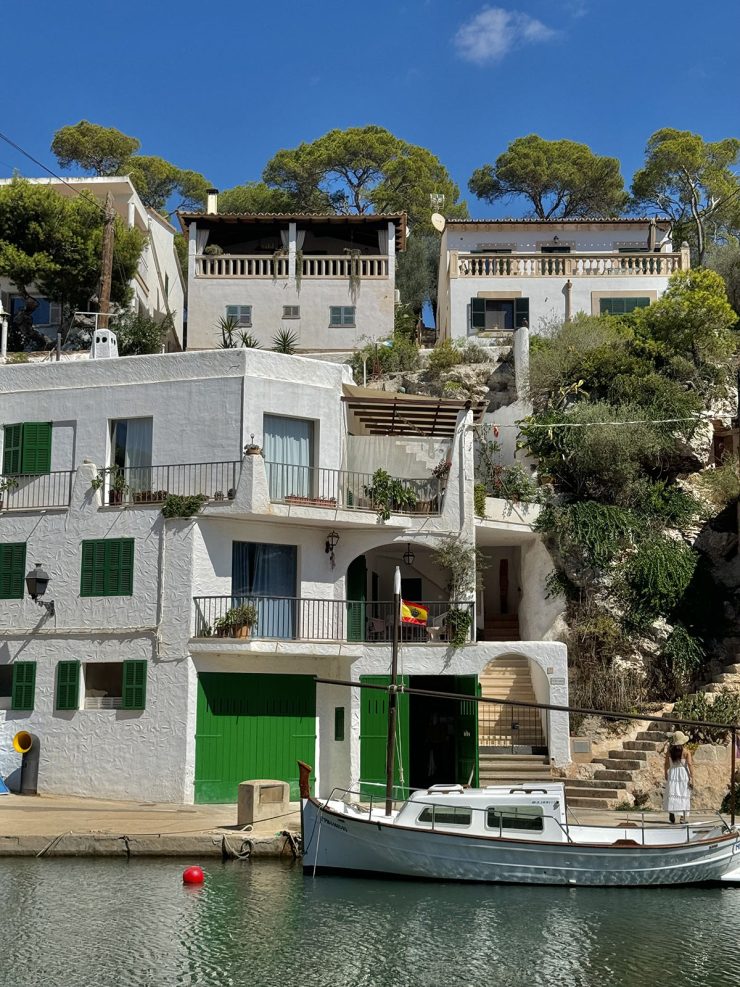
When I’m developing a recipe, I love nothing more than to write down every single observation and tip I can think of to help readers make the best version of a dish. Turns out, my love of verbose guidance extends to travel! With that in mind, I wanted to share all of my Mallorca travel tips now that I have been to this stunning island.
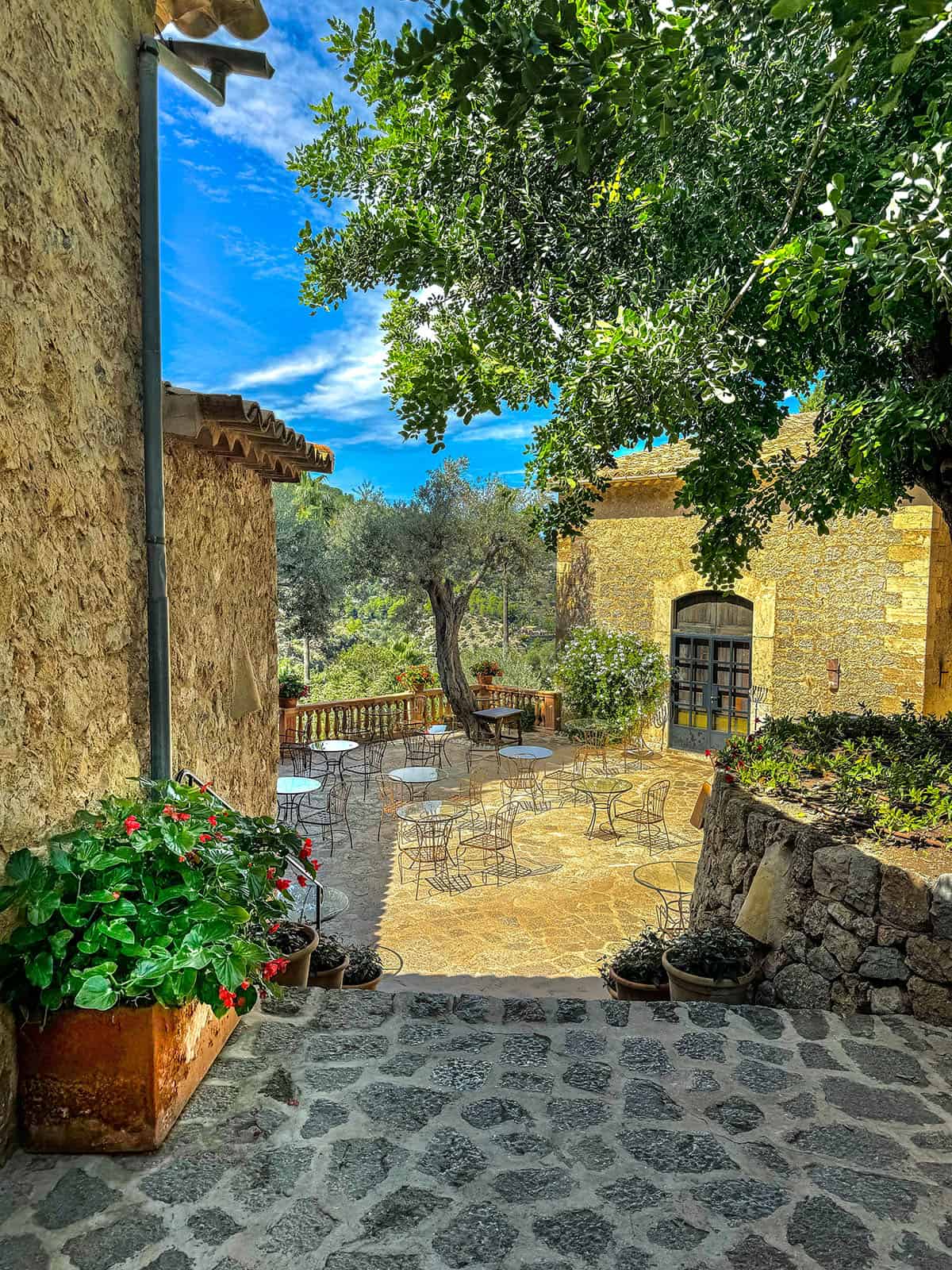
Mallorca travel tips
I have been busy writing up a specific guide for every place I stayed in Mallorca. What I ate, where I stayed, what I learned and what I would do differently. You can find them all at the bottom of this post.
This post, though, focuses on the broader tips I have for Mallorca as a whole. I learnt a lot and made a few mistakes on my trip, so I want to help you make the most your visit to the incredibly beautiful place.
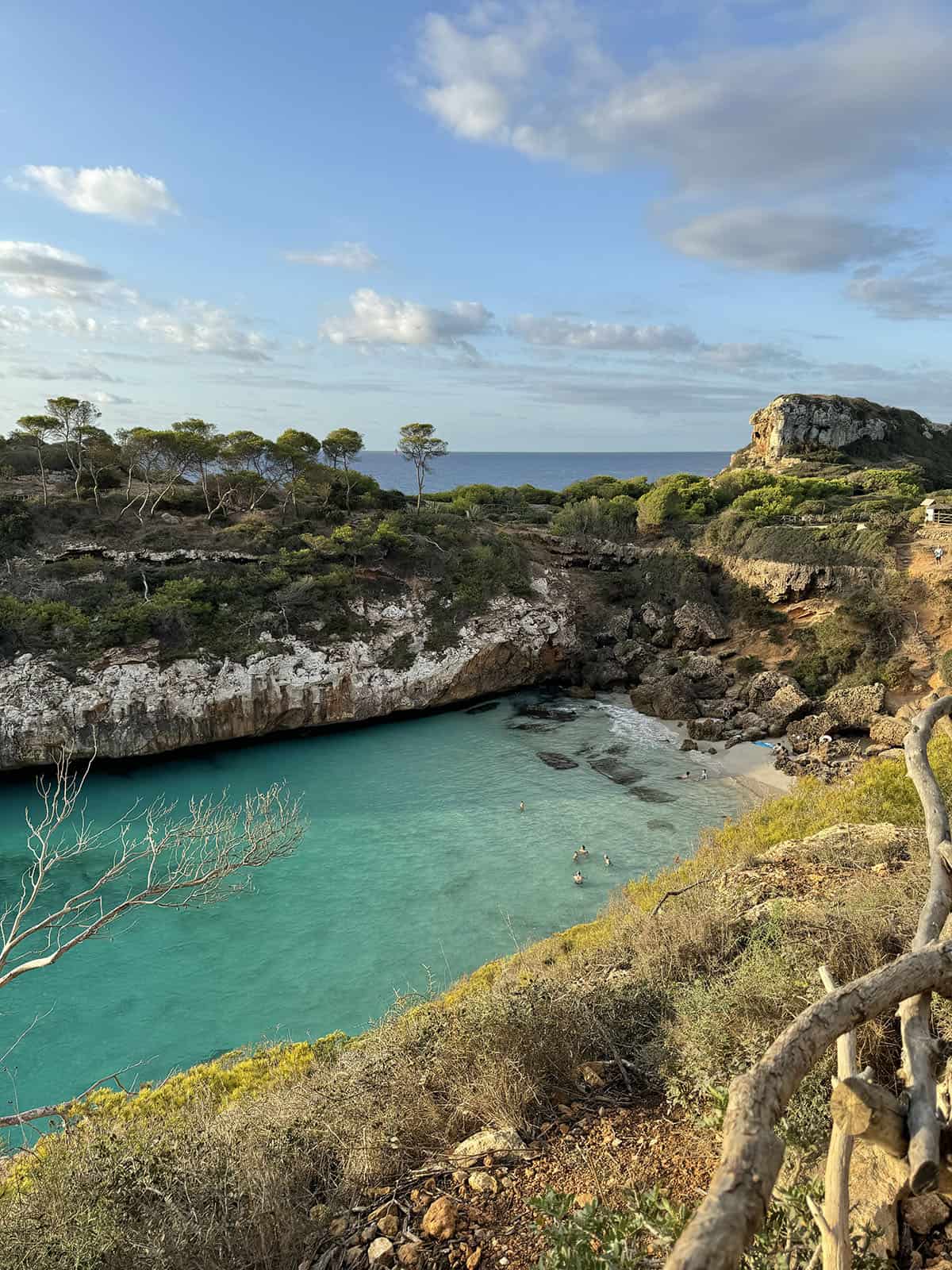
Mallorca travel tips 1: hire a car
By all accounts, the bus network is inexpensive and extensive in Mallorca. You can get to most of the bigger destinations (and even some of the smaller ones) by bus. However, I will always be team hire a car in Mallorca.
First of all, you can go to every little beach and every little nook of the island you fancy.
When researching this, I found lots of people say that it took them 2-3 hours to get from X to Y on the bus. Personally, I love to cram lots of things in and see as much as possible when I travel. As such, waiting all day for a bus is just not the way I want to spend my time.
Lots of bus stops I saw were jam packed with sweaty people sitting in the sun waiting for their ride. As the sweatiest person there is (who burns like a crisp in the sun) I simply couldn’t hack waiting an hour to go home after a long day. Sometimes (namely, in Deia) the bus lines were so long that I wondered if everyone would fit. I think at least some of the people at the end would have to wait for the next bus. Not my ideal way to end a nice day.
Sure, some of the roads are thin and the parking can be a nightmare. Sure, it’s the wrong side of the road for me and people who drive on the left (more on driving in Mallorca here). Still, it was 100% worth it and I would do it again.
Two last bonuses of hiring a car that made my trip. Your phone will always be charged and you can cool off in the air con between sweaty stops.
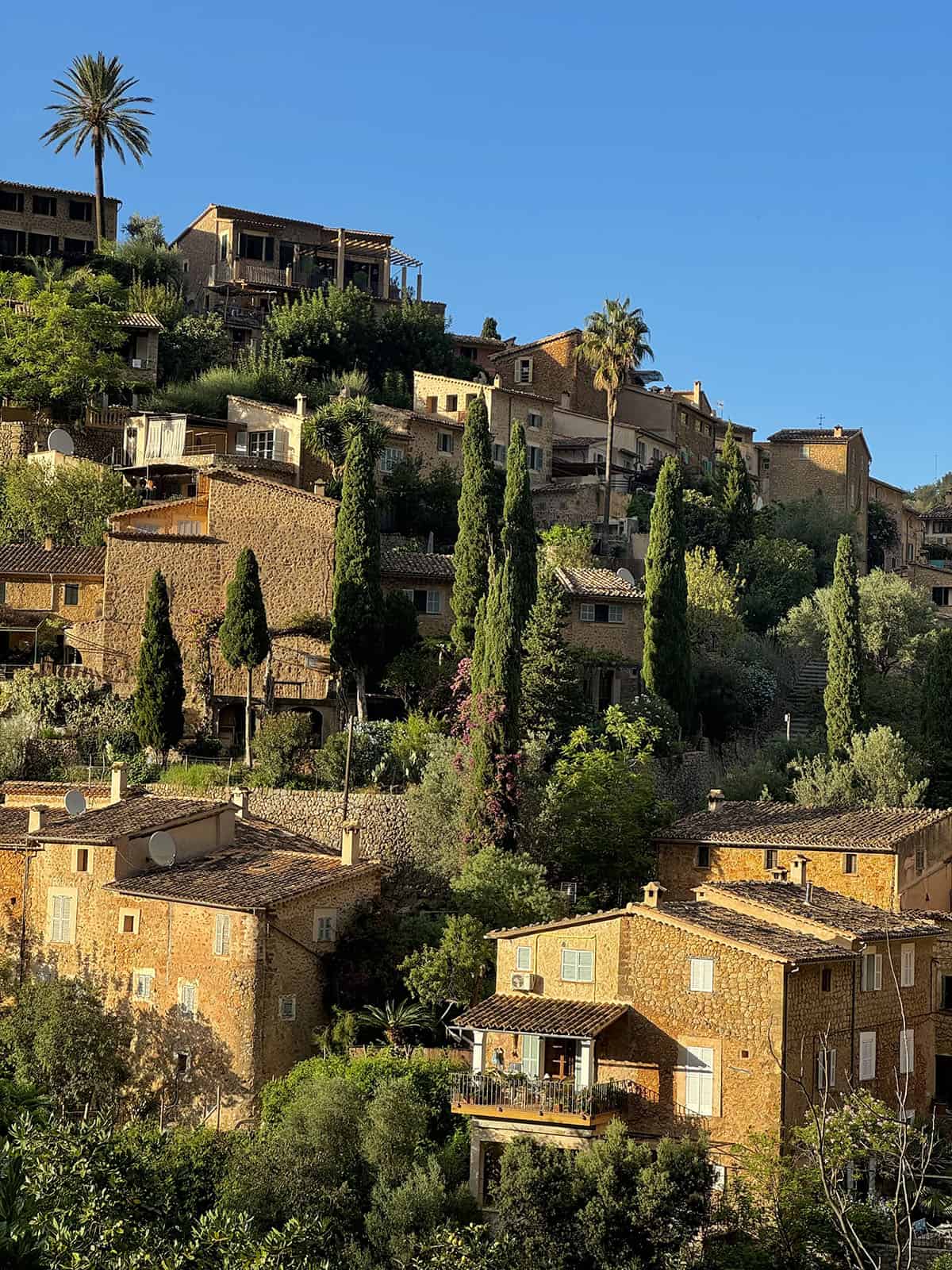
Tips for hiring a car in Mallorca
An article I read said that in peak seasons, it is almost impossible to hire a car at short notice. It said you should book your car before you book your flight. I booked about 3 weeks before I left in September, so I may have gotten lucky. I didn’t read the aforementioned tip until after I got back, otherwise I might have panicked. The rental car companies were certainly very busy, so I would take this tip to heart.
Hire a small, compact car! Parking is hard and some of the roads are very thin. I would have had a terrible time if I had a big bulky car (like we did in Sicily).
In the end, I paid about $500 Australian dollars more for the car than my quote suggested. I assume this is because they don’t add the optional insurance into the quote. Keep this in mind when you’re booking and factor in the cost.
I booked with Alamo and picked the car up from Palma airport. Online, I was told the deposit was 1200 euros. When I arrived, they said the deposit was 200 euros. I’d say don’t be afraid to ask for a cost breakdown and keep your initial quote in mind when picking up your car. You don’t want to piss them off, but it helps not to be bamboozled into paying more than you thought.
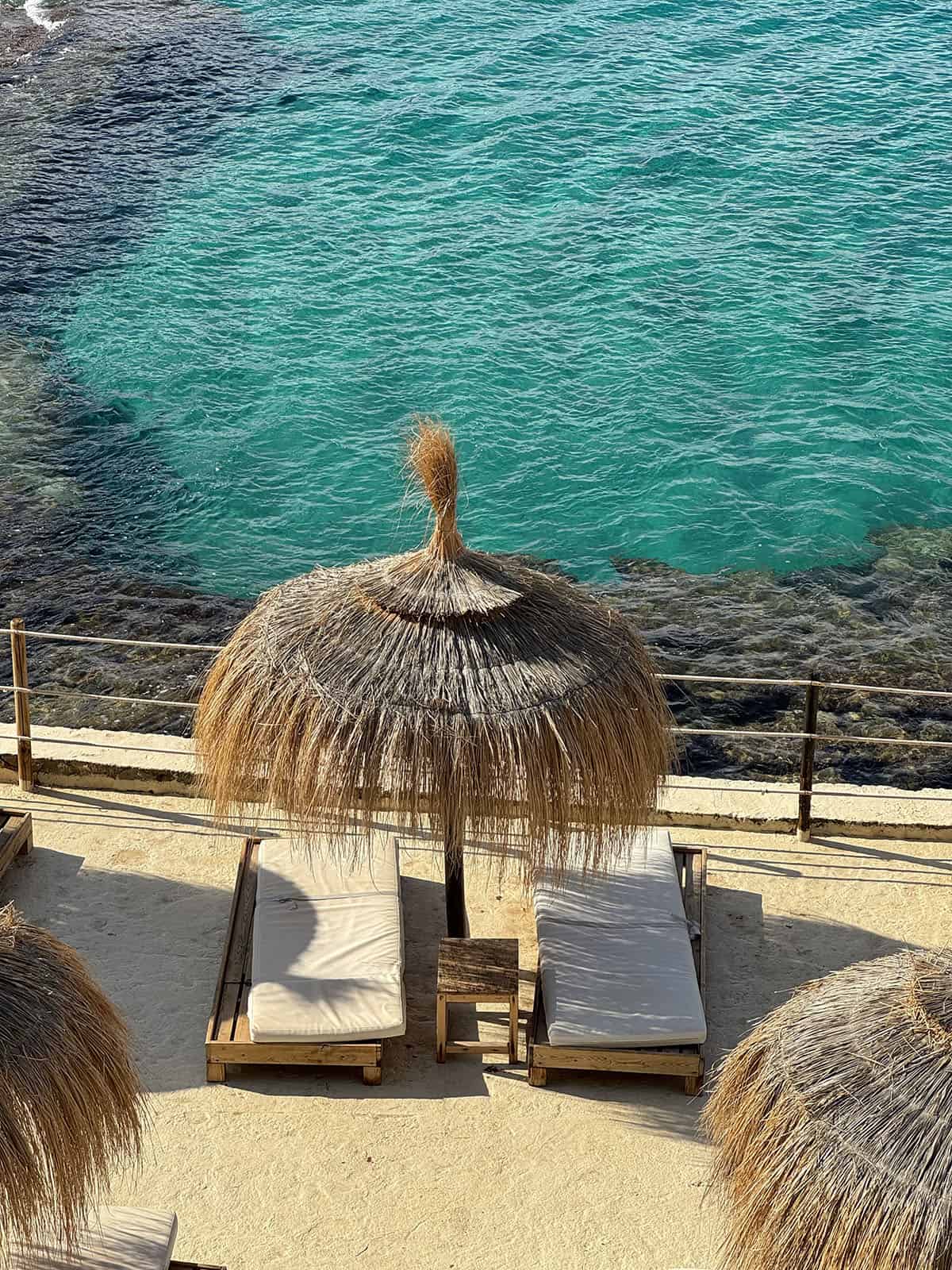
More tips for hiring a car in Mallorca
Take photos of every.single.surface. of your car. If you pick the car up in Palma, it will likely be in a parking garage without good light. Once I reached Cala Santanyi, I took more photos of the car in the daylight. You never know when you will need them. Before you return the car, stop in a well lit place prior to the returns depot and do the same. The returns depot can move quickly and you might not have time.
This is not necessarily about hiring a car, but about picking your car up and your itinerary. I am Australian and we drive on the left side of the road. Our steering wheel is on the right hand side of the car, so things are quite topsy turvy when driving in Europe.
If you are the same or you are a nervous driver, I recommend planning your itinerary to factor this in. After 2 weeks of driving in Mallorca (along tiny country roads to foster a cat and in the mountainous villages) I still hated driving and parking in Palma. I also found the highways around Port D’Andratx confusing.
I’m so grateful that my intinerary gave me a chance to adapt to the roads. The road out of Palma airport towards Cala Santanyi was direct and easy, and I would have been too nervous to see different things if I had started by driving in Palma. I actually don’t think you need a car in Palma itself, but that’s another post.
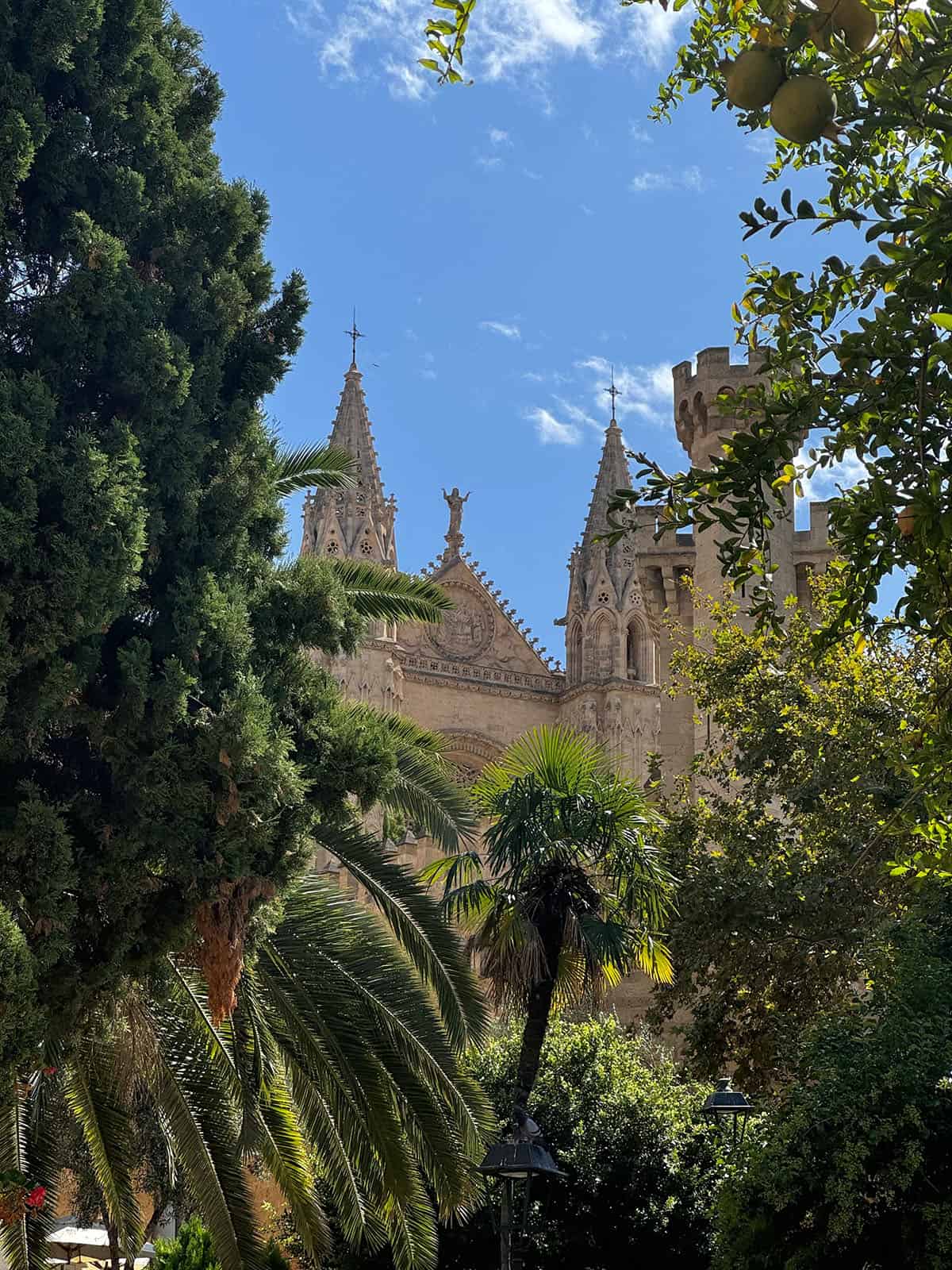
Mallorca travel tip 2: learn the road signs before you go
I know this is boring. I’m bored suggesting it. If you are not local or European, I’d highly recommend familiarising yourself with the road signs and basic road rules.
This would have saved me a lot of strife. I interpreted the blue and red sign as a ‘no entry’ as opposed to the true meaning of ‘no parking or stopping.’ A lot of stress and spins around the block could have been avoided!
There are plenty of comprehensive resources online for this, including this one.
The one that tripped me up the most: a blue circle with red ring around the edge (and possibly a line through the middle). This means either no parking or no parking and no stopping. A no entry sign, however, is a white circle with red ring around the edge.
It will save you so much stress if you familiarise yourself with the basics before you go. This includes the basic rules for parking (you might save yourself a 40 euro fine, which I did not).
One last thing: if you’re driving in Palma, make sure you check out ACIRE zones. These are local zones you will cop a fine for driving through. My hotel in Palma, Brick Palma, was thoroughly unhelpful (1/10 wouldn’t recommend). They didn’t tell me the hotel was right on the edge of an ACIRE zone (among other things). I only found out when I was researching this article. If I get a fine in the mail, I will update the post.
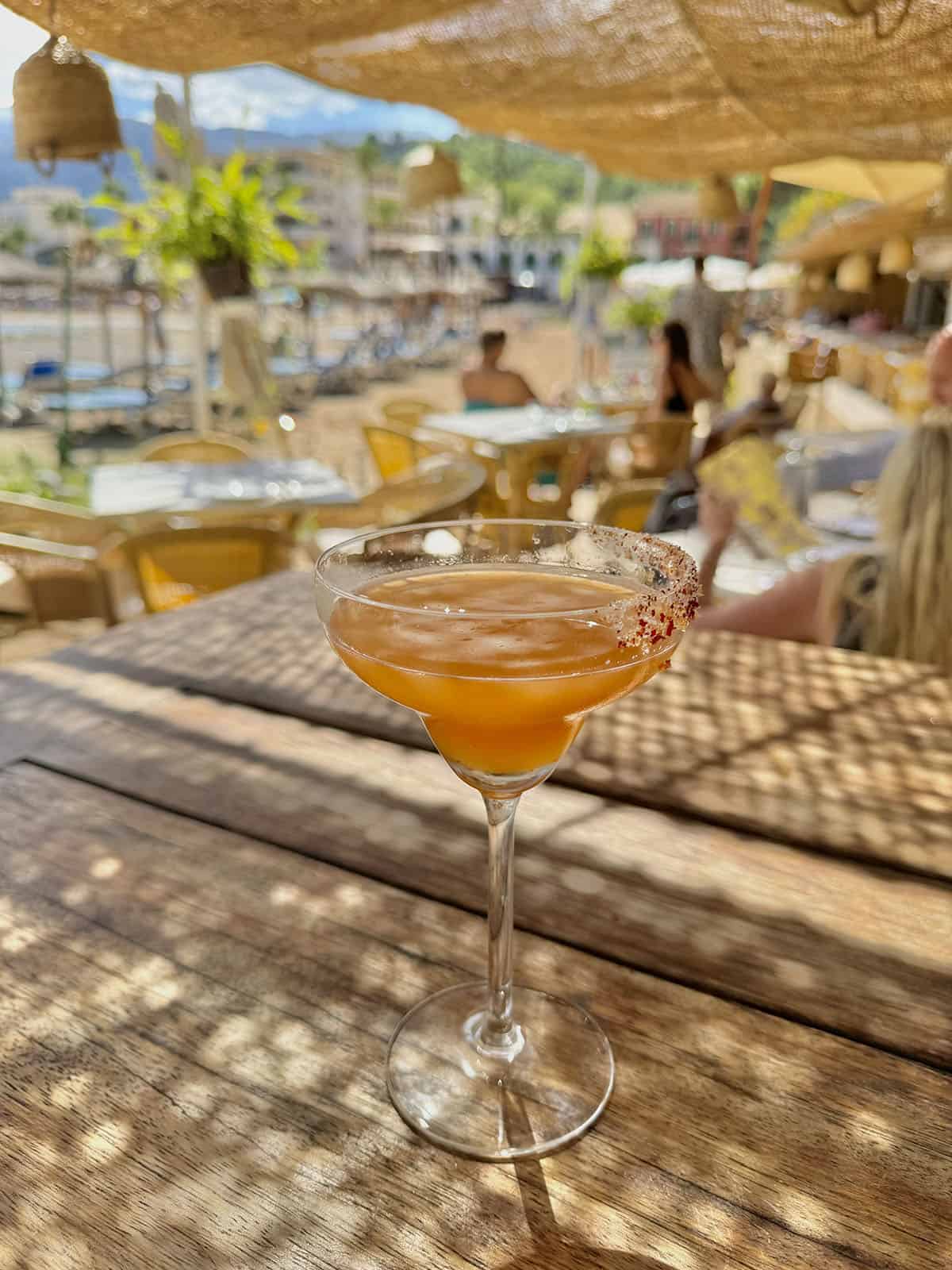
Mallorca travel tip 3: Stay in the towns
I know that a lot of people often tack Mallorca onto a larger itinerary. A such, this tip might not apply to everyone. However, if you are staying on the island a while, I highly, highly recommend staying in various towns.
I stayed in Cala Santanyi, Cala D’Or, Cala Ratjada, Pollenca, Soller, Deia, Valldemossa, Port D’Andratx and Palma. This was a giant itinerary that involved a number of one night stays. However, I wanted to experience each individual place as opposed to making a series of road trips.
Something I always forget when planning a trip (in my style of trying to see everything) is that you start to get tired. If you are intending to do road trips from a single destination every morning, it starts to become more tedious. Things fall off the itinerary in favour of some relaxation. When you are staying in a town you intend to visit, even your relaxation is part of seeing the town.
More than that, I found that it took a few days to really get to know a town. When I arrived in Deia, I was a bit hungover and there were way too many cars and tourists around. I was in the annex of a hotel which required an extra walk to get there. Small factors built up to influence my impression of a town I ended up loving. If you only visit for a day, you don’t get a full picture. You can easily be influenced by your own mood, the weather or external factors.
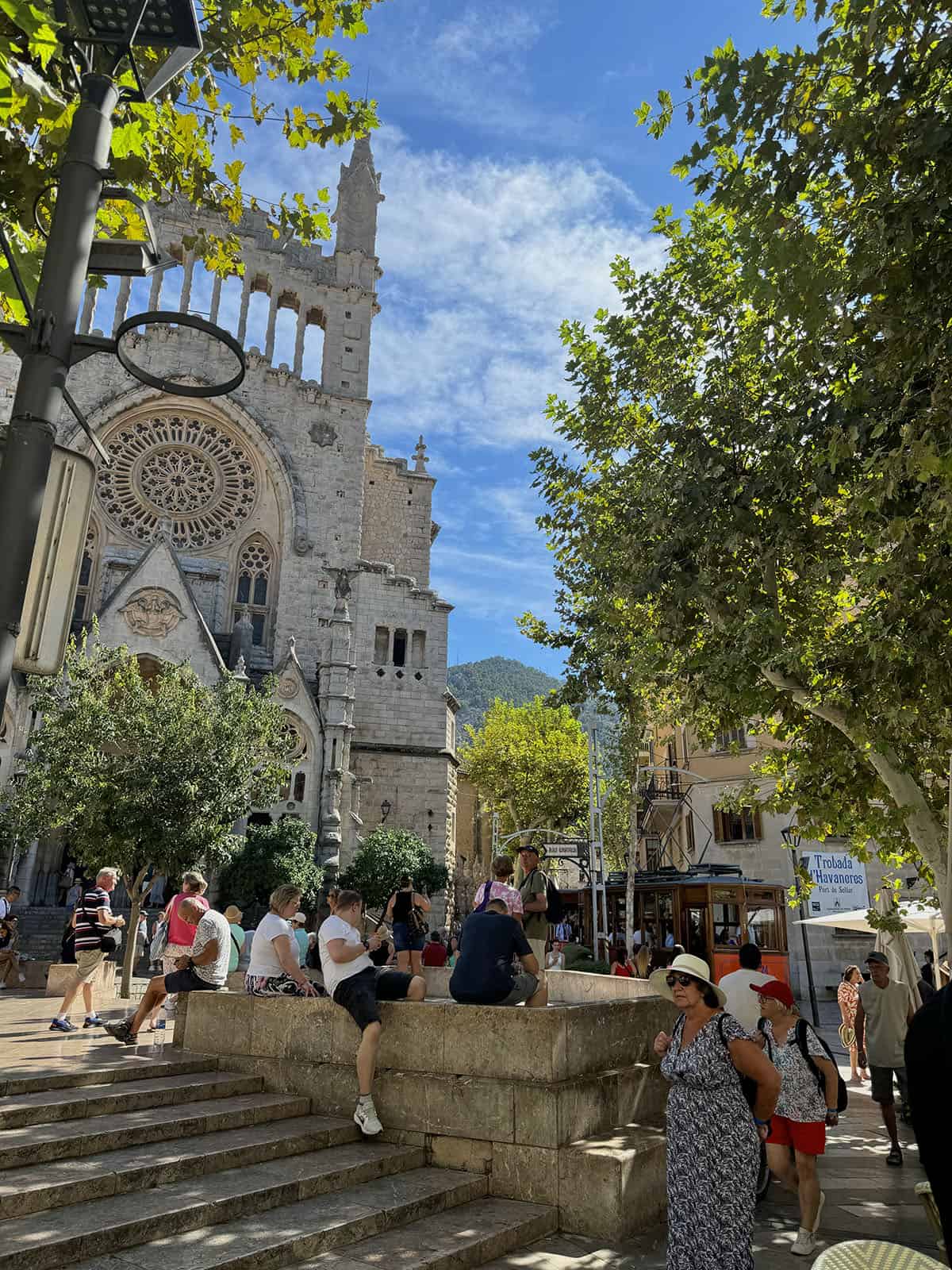
A quick note on siesta
Something else I discovered about Mallorca is that the towns are completely different in the morning vs the evening. They can be ghostly quiet during the day, only to come alive at night or on market day. To do a couple of hours in one town does it a total disservice, in my opinion.
If you are only there for a day, keep in mind that it’s likely at least a few things will be closed during the hours you have. If there’s a particular ice cream shop that has been on your list for years it might be closed. This leads to disappointment all round.
One more thing! Staying in the town means you can do a reccie to see what’s busy. Bonus points if it is filled with locals. That way you can use that information to your inform the following day.
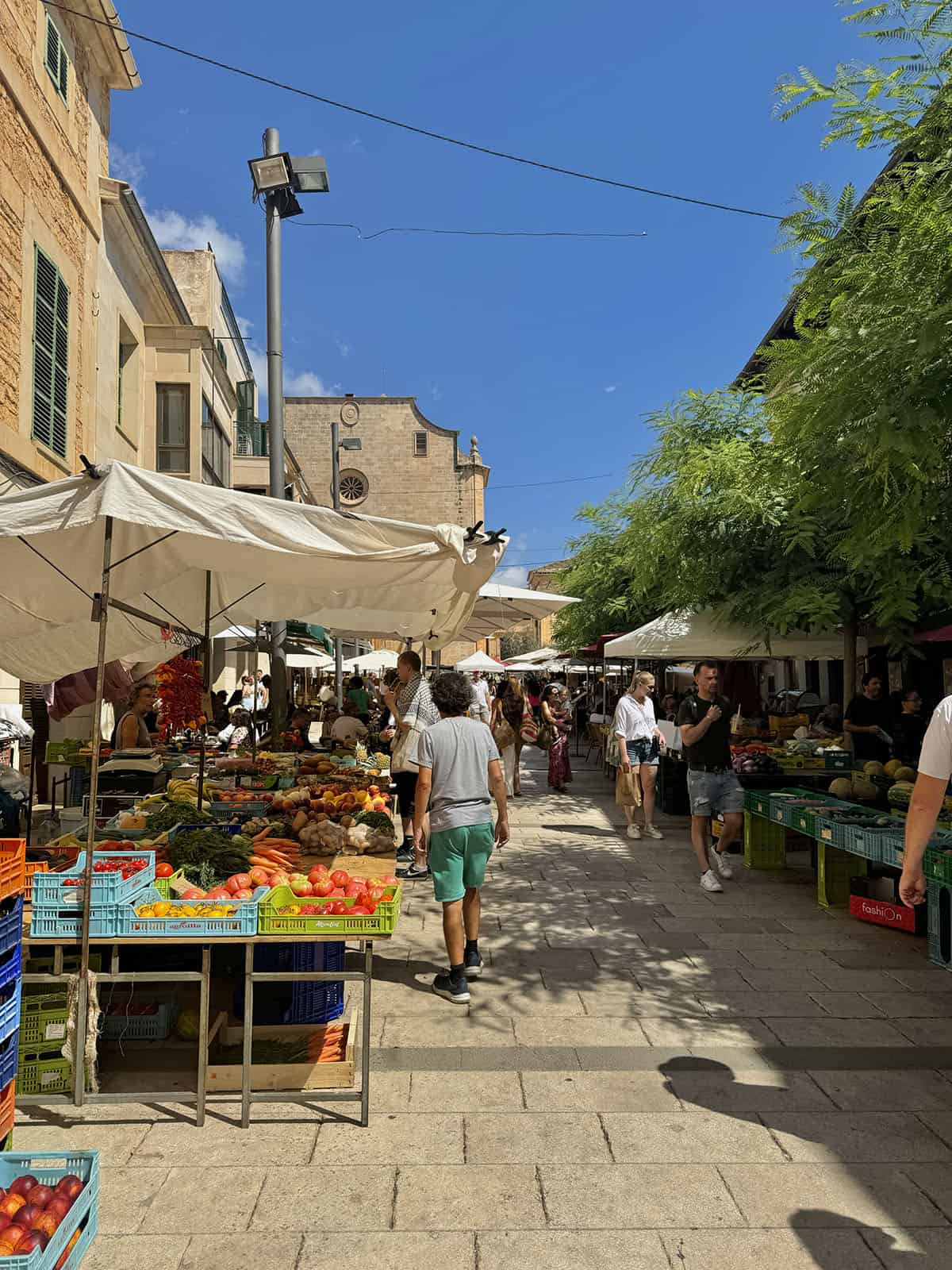
Mallorca travel tips 4: Have some flexibility in your itinerary to account for the weather
A lot of activities in Mallorca are quite weather dependent. Swimming at a gorgeous beach, hiking, taking pictures in the sun, seeing Cap De Formentor – these are all best done on a gorgeous sunny day. This is not to say things aren’t worth seeing if it’s not sunny, but I found that having flexibility in my itinerary meant I could fit the activity with the weather.
The day I had planned to go Cap De Formentor was cloudy and had a chance of rain. I wanted to drive without stress, see the sights at their best and swim at the gorgeous beach. So, I changed the day I visited to a sunnier day.
I know this isn’t always possible but I found it super helpful to have flexibility and time built into my Mallorcan itinerary.
I went in September and it rained about 4-5 days out of the 16 days I was there.

Mallorca travel tip 5: Be mindful of the locals and learn some Spanish
Mallorca is dealing with heavy and chronic over-tourism. When I read news articles on the topic prior to visiting, I was of the (ignorant) opinion that this is what what happens when you live somewhere beautiful. Upon visiting, however, I realised that the tourism is truly overwhelming and having a hugely negative impact on other people’s lives. It is on a scale I have never seen anywhere else.
I understand wanting to explore the world and see beautiful places (I was part of the tourism in Mallorca, after all). However, there are some things you can do to minimise your impact if you do visit Mallorca.
- Learn some basic Spanish. This is a given to a lot of countries, but I find that English speaking countries (Australia and myself included) are incredibly lazy when it comes to learning new languages. It’s an ignorant attitude to take and it will not make you any local friends. Learn some basic phrases (‘quisiera un espresso dobles, per favor’ was my everyday phrase) and make an effort. It’s polite and appreciated – you are not in your home country, you are in Spain.
- To that same end, the amount of locals who softened and lit up when I smiled and said ‘buenos dias’ when passing them on the street was unreal. A simple gesture but a way to show that you appreciate being in their home.
- Don’t be a shit tourist. I encountered so many rude, entitled people on my trip. Holding up traffic for a selfie, taking drones up over local houses, etc. Individualism and ‘getting the shot’ has ruined tourism, imo. Your Instagram photo is not more important than everyone else and it doesn’t matter more than being respectful of locals and other people.

Mallorca travel tips 6: Opening hours on the internet are often wrong (and factor in Siesta)
Although the super touristed places tended to be pretty reliable, I found that opening hours online could differ from the reality. In some places, the cafe would say it opened at 8am, only to open at 9am. Not a day ruiner, but a bit annoying if you’ve only got an hour to spare. I ended up taking to doing a reconnaissance of my coffee spot the day before if I was in town, just to check their opening times. Of course, the times on the front door weren’t always accurate either.
A hard lesson I learned in Sicily was that things close for siesta. It wasn’t as bad in Mallorca because of the tourist trade, but it does still happen, particularly in smaller towns. If you end up fostering a cat and taking it to a vet and cattery like me (lol) you’ll notice siesta factored into the day more than if you’re touristing.
I also found that many restaurants would say ‘open from 10am to 10pm’ but upon arrival, you’d be informed that the kitchen was closed for a few hours. A hangry person’s nightmare, for sure. Try and make sure you eat meals in common times to avoid this.
On that note, I didn’t find too many super early morning coffee spots. A lot of more brunch style places opened at 9am or even at 12pm. I found having hotel breakfast super helpful to avoid marching around at 7.30am hungry and caffeine deprived.
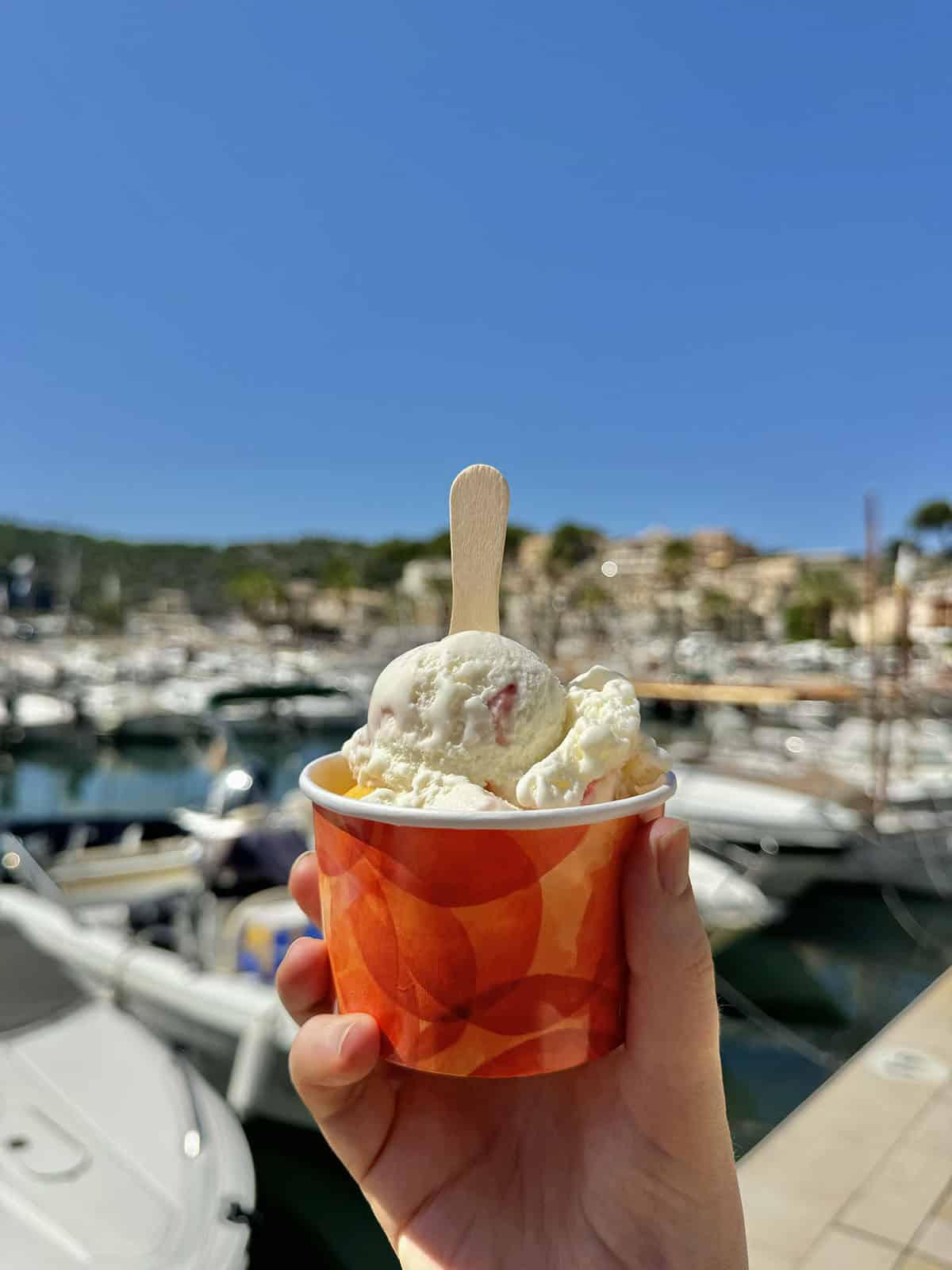
Mallorca travel tip 7: Everyone has a different idea of their perfect holiday destination
Something that shocked me when I arrived to a few destinations in Mallorca was how different (read: touristy) they were relative to how they were described online. I had read glowing reviews of Cala D’Or as being a low key, beautiful beach town. When I arrived, I found it to be jam packed, full of Western restaurants, fun parks, mini golfing and full of English speaking people. Not my personal idea of a low key beautiful beach.
Which brings me to the realisation I had: not everybody holidays the same and not everybody enjoys the same thing. I love trying to seek out authenticity and how the locals live. I also love seeing EVERYTHING and would rather walk through the neighbourhood than sit on a beach all day. Your own ideal holiday is personal and everyone is different – I’m sure some people would think my idea of a good trip sounds horrendous.
All this to say: if you’re anything like me in terms of what you’d like to see, really dig deep into the towns you choose to stay in. Don’t take the internet at it’s word because the person who wrote the glowing review might have a very different touring style to you.
Personally? I found Cala D’Or and Cala Ratjada to be too touristy for my liking. People had described it as a lovely beach town with authentic restaurants, but that was not how I perceived it. Port De Pollenca was beautiful but borderline and the main strip that I saw in Alcudia was also too touristy for me. Natural beauty, yes! But also loads of people and a very ‘stop and flop’ sort of feel.

Mallorca travel tip 8: Don’t plan a two day trip to Palma (or Port D’Andratx) on Sunday and Monday
I didn’t have this trouble anywhere else on the island. That said, I only had two weekends in Mallorca and the first was spent in an Air bnb with a kitchen. I was shocked to find that loads of places I wanted to visit in Palma and Port D’Andratx were closed on Sunday and Monday. Being such a touristed destination, I just didn’t expect it.
Some places were even shut on the Tuesday as well as Sunday/Monday. Totally respect that staff need a day off – it was just not something I read about or planned for.
So! Keep this in mind when booking and double check if there’s anywhere you’re desperate to go. It might be that every town is shut on these days and I just didn’t notice, so I’d recommend double checking for everywhere. Even better, make a booking! This is a way to ensure they are actually (hopefully) open.
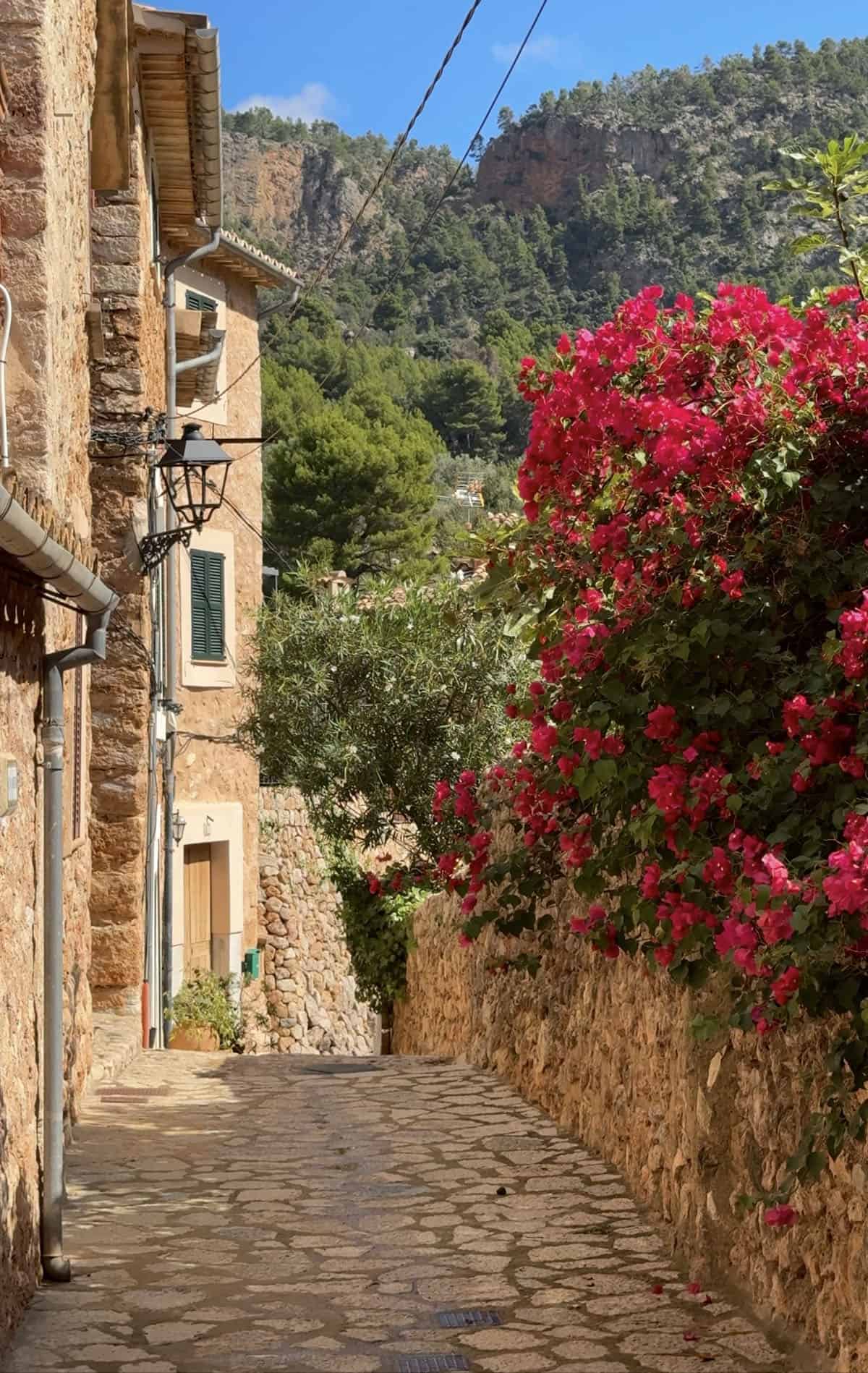
Mallorca travel tip 9: there are constantly new restaurants popping up
I saw a woman write that Mallorca had a constant stream of new restaurants opening and old ones closing. It resonated with me because my research didn’t uncover some of the places I really wanted to go until I arrived in Mallorca. I compiled a list of people’s favourites without realising that a new crop of delicious restaurants had popped up since the last season.
This is something to keep in mind when planning your trip. Book the restaurants you want to eat at, sure. But be open to finding new places that have recently opened. If you have the time, I recommend leaving some lunches and dinners free to try new places that have cropped up.
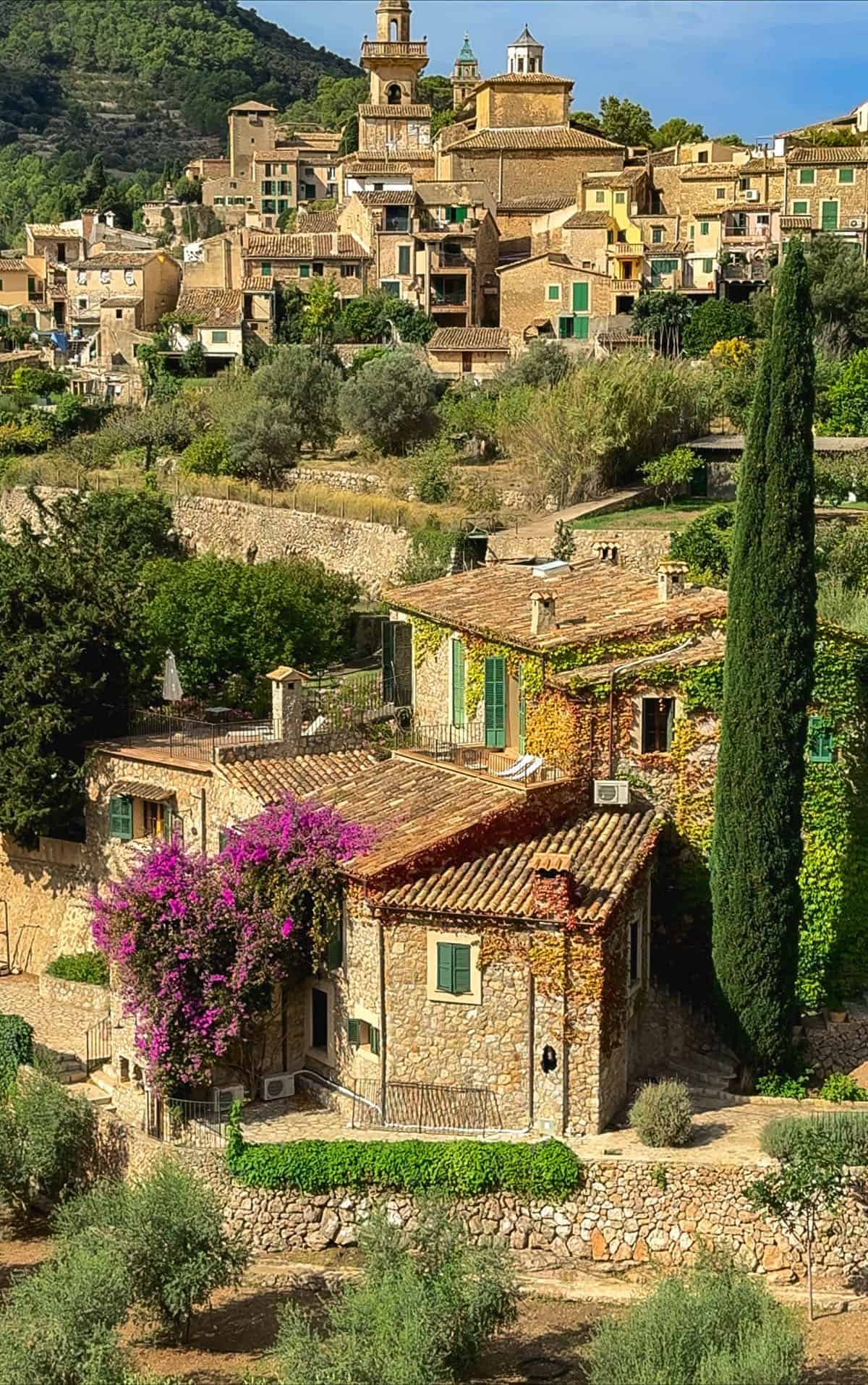
Mallorca travel tip 10: Mallorca feels quite safe, but still use common sense*
I stayed in Barcelona for one night before flying to Mallorca, so I have a comparison between the two. Mallorca felt very relaxed in terms of theft and petty crime in comparison to Barcelona. I didn’t have a string on my phone or did I feel stressed about reading my phone while standing at traffic lights.
This is not to say that crime doesn’t happen. When I was in the gardens of Alfabia in Soller, a lovely staff member implored me to put my wallet away (I had just bought a spritz, of course). She said that 3 wallets had been stolen over the weekend. So, theft does happen.
I used a hideous, ugly travel strap bag for my phone, wallet and basics. It sat on my front and was locked if I was in a crowd or somewhere busy. If I was holding my phone, I kept a firm grip. Stick to the common sense basics and you should be fine (this includes not leaving anything visible in your car).
I also didn’t feel unsafe at all as a solo female tourist. I’ll write more about this in another post, but there wasn’t a single moment I felt unsafe, even in small towns.
One thing I attribute to this is dressing a bit ugly and cheap lol. No jewellery, no fancy clothes. This just happens to be because I am lazy and always wear activewear, but it worked out really nicely as a solo female tourist. Of course, you wouldn’t (and shouldn’t) have to do this if the world were a safer place for women. It’s just something I thought might have helped me on this trip.
With all that said, I visited very touristy, upscale destinations and skipped all the party zones. Because I was up early, I was home early too. Another thing I purposely did was book accomodation in town so I wouldn’t have to walk home alone in the dark. Theft might be a bigger issue in party zones like Magaluf, so keep your wits about you.
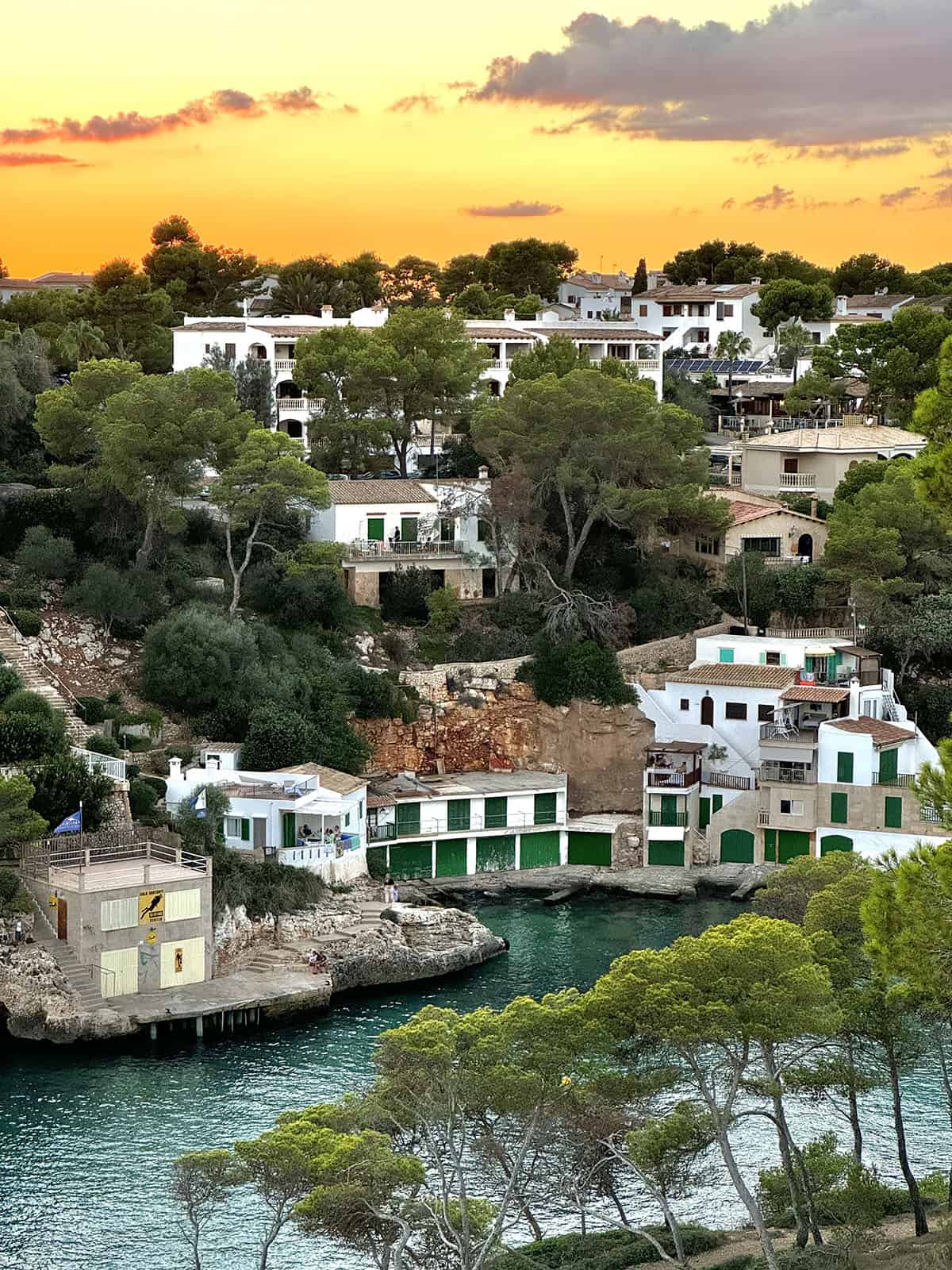
More Mallorca travel tips and resources
- Calo Des Moro guide
- Cala Santanyi guide
- Soller guide
- Port De Soller guide
- Fornalutx guide
- Deia guide
- Valldemossa guide
- Port D’Andratx guide
- Driving in Mallorca guide
- Pollenca guide (including tips on Port De Pollenca, Sa Calobra and Cap De Formentor)
- 24 hours in Palma guide
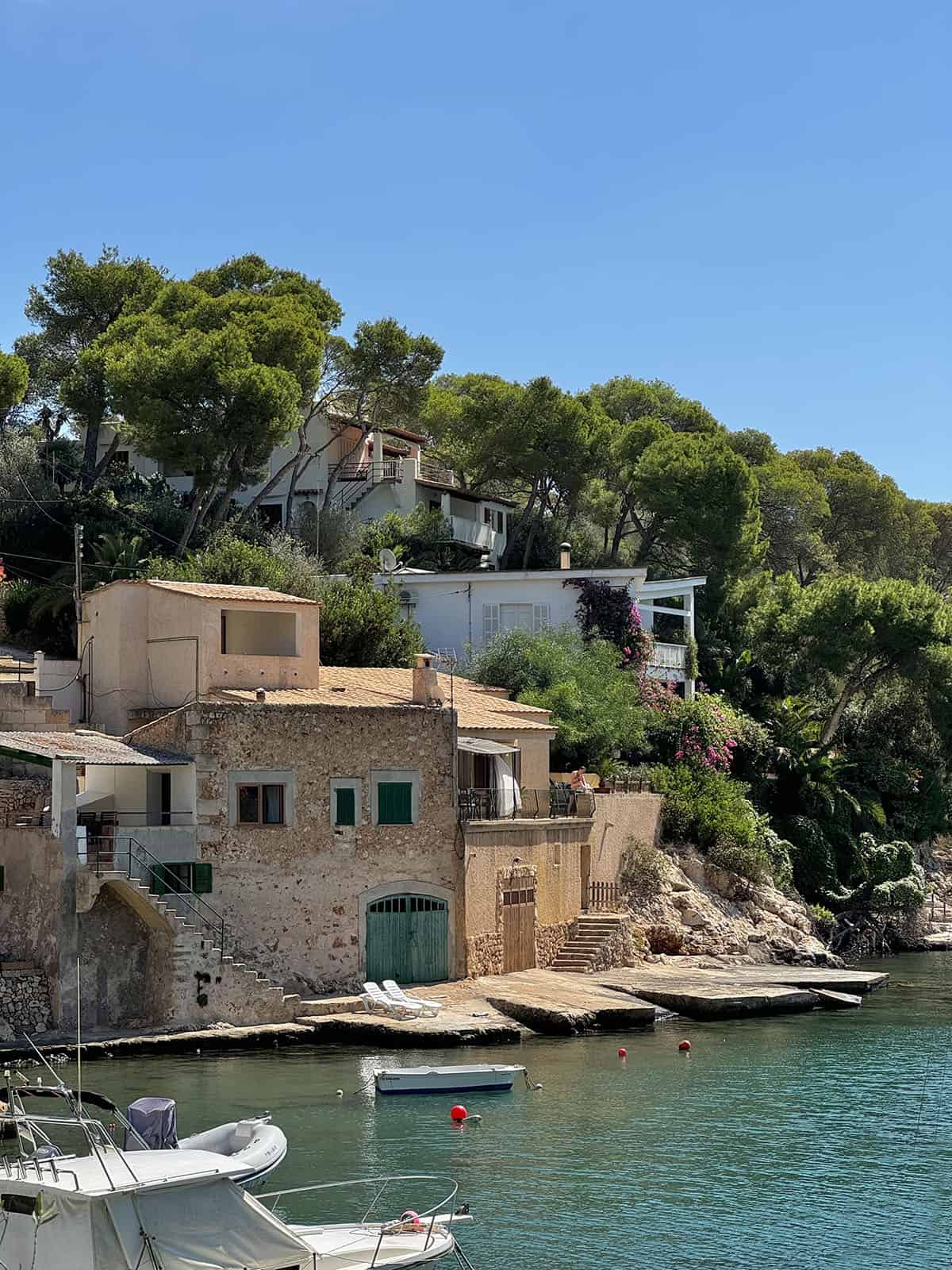

No Comments